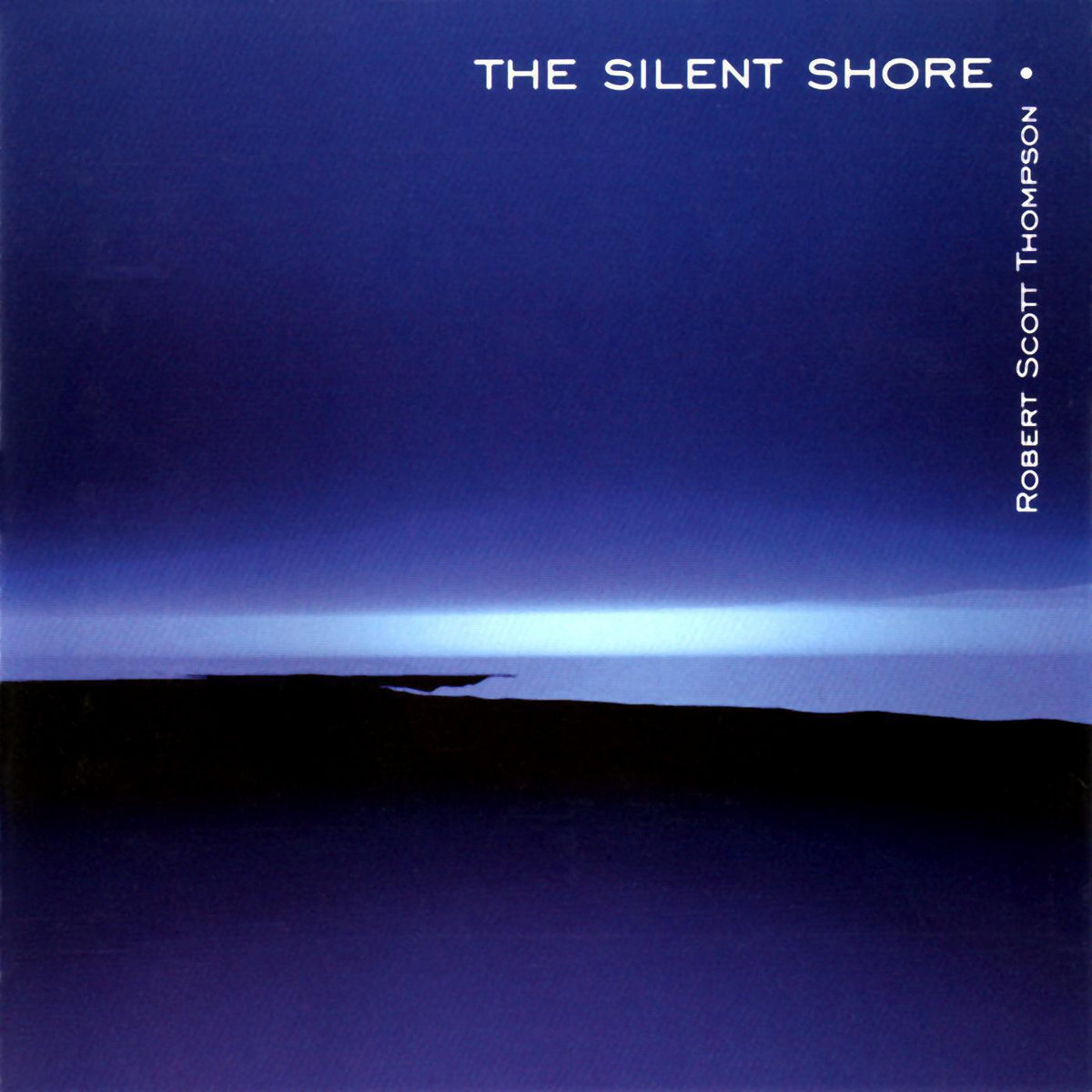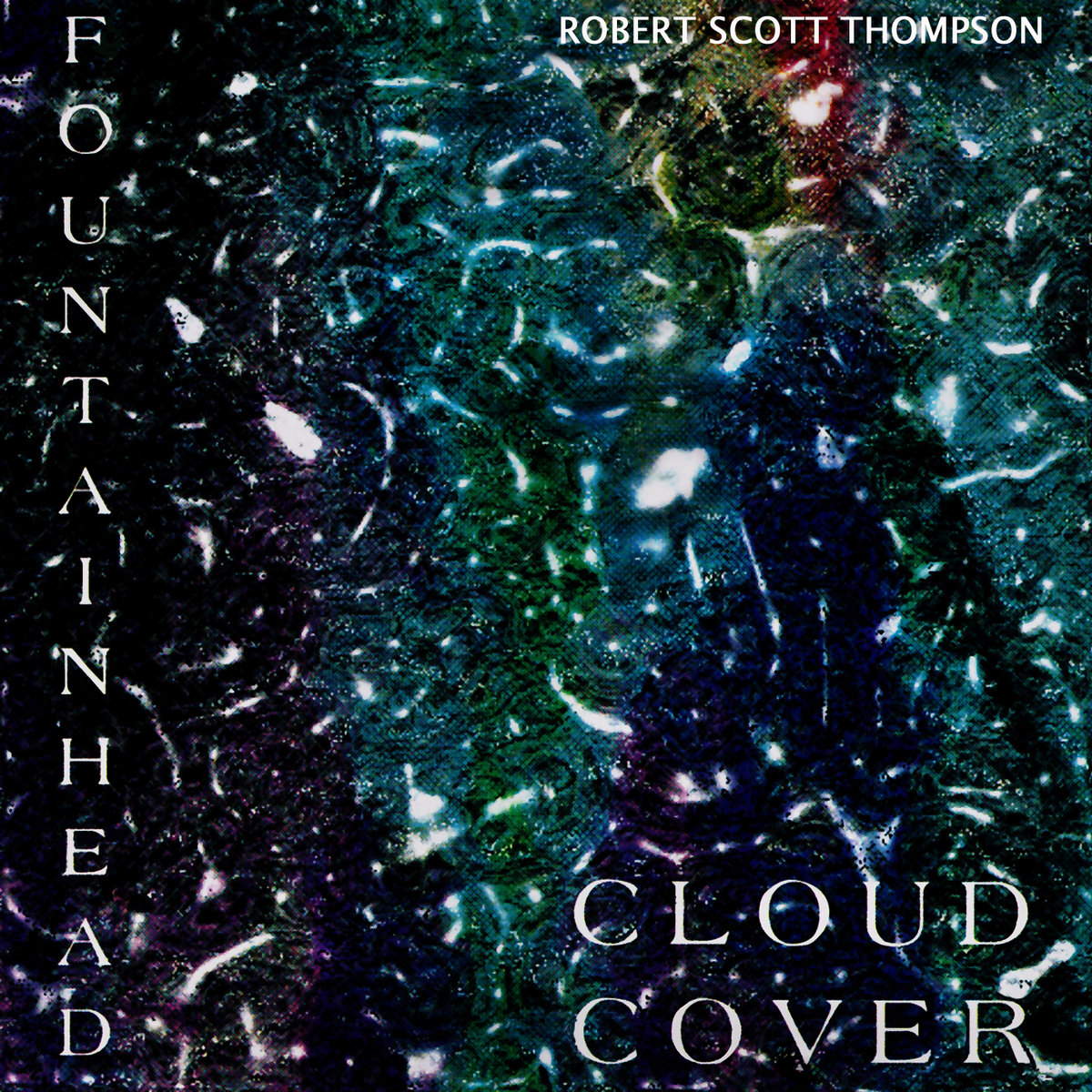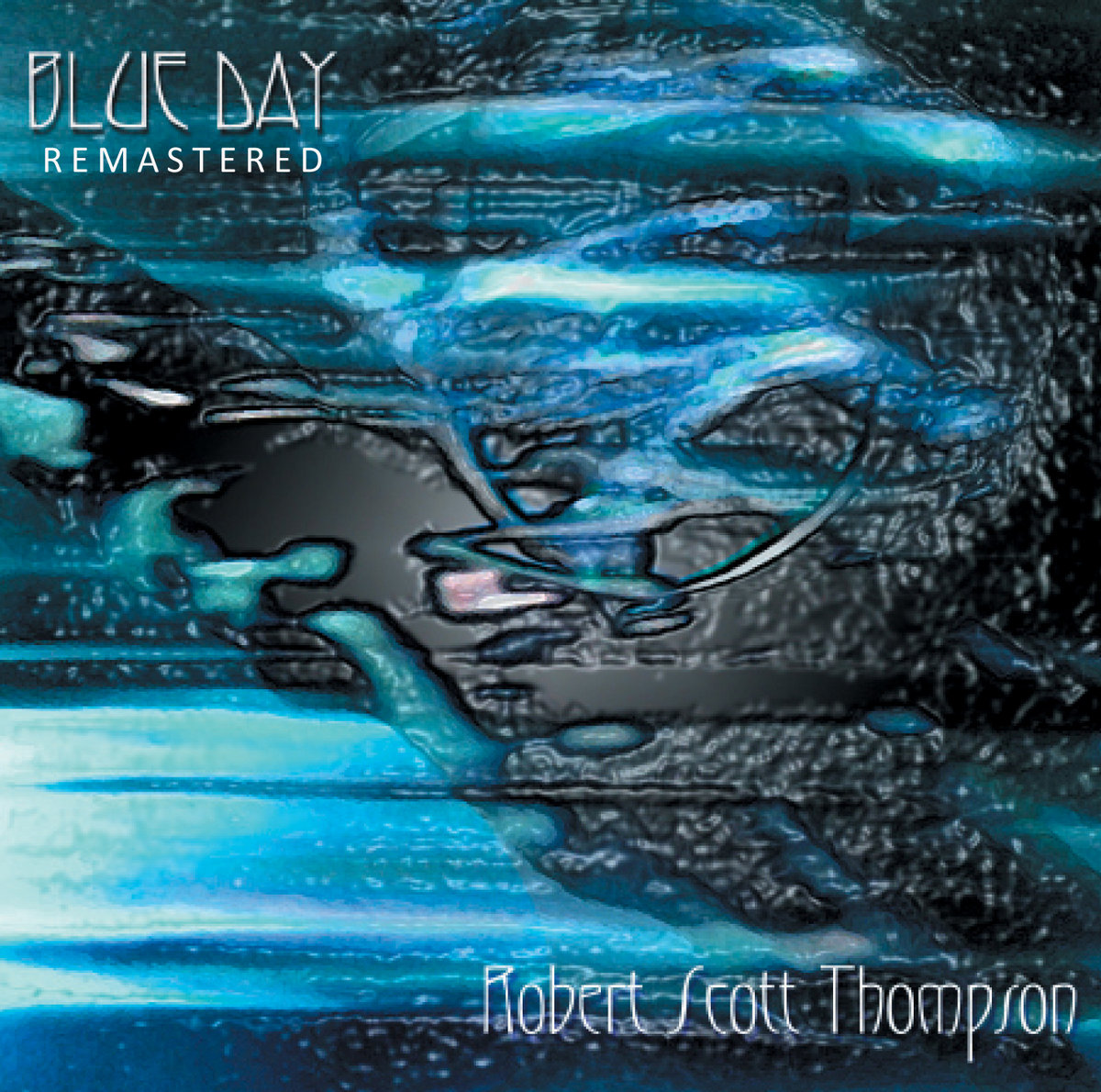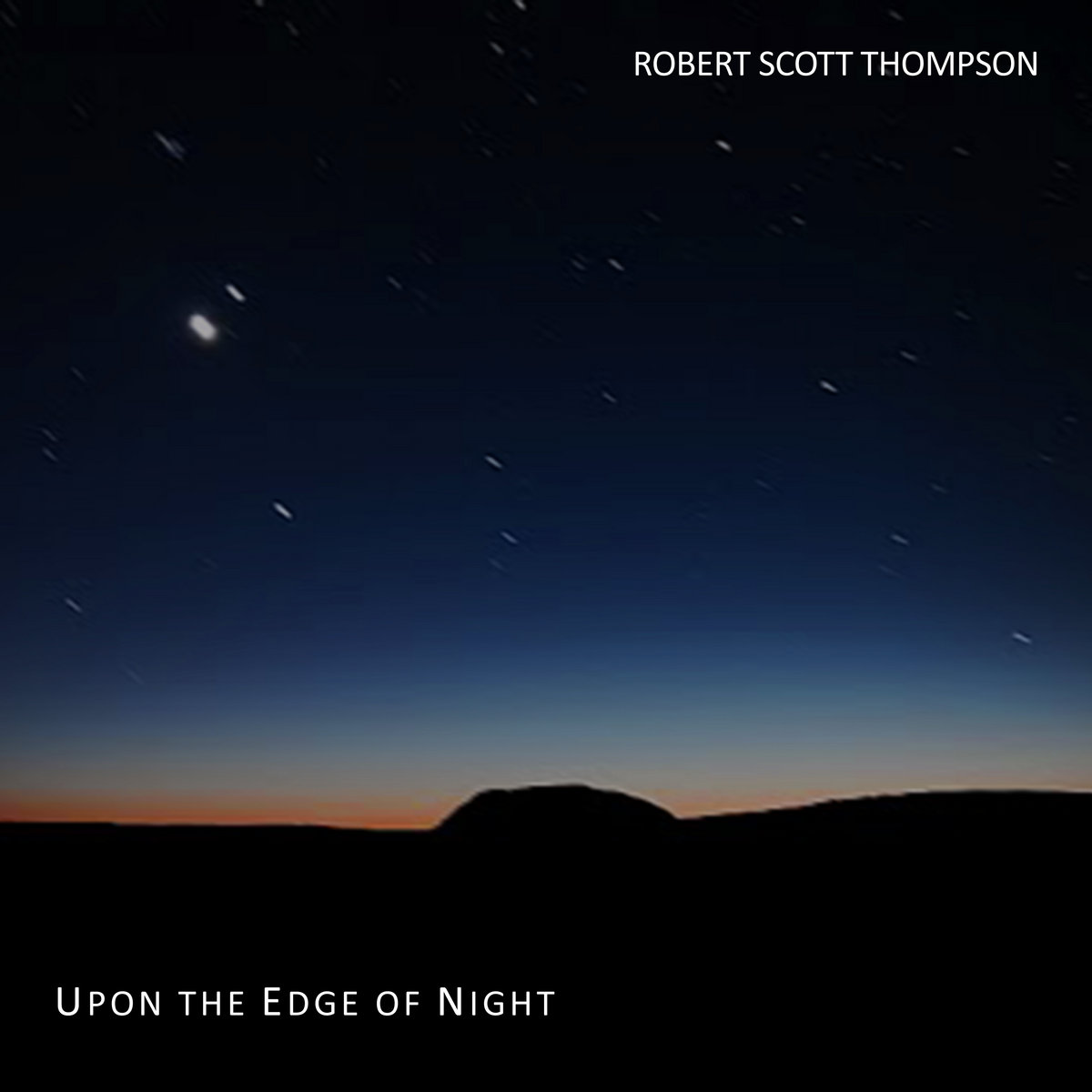nIt can’t be easy when Brian Eno’s constantly lauded as an ambient deity while your own work gets labeled “New Age” and celebrated less rapturously. But there are moments on Robert Scott Thompson’s Poiesis Anthesis that are as pretty as anything on Music For Airports and, in fact, “Mystic Pearl” is so reminiscent of the opening piece on Eno’s classic it could be taken as a bona fide homage (it certainly sounds as if bits and pieces of Robert Wyatt’s piano playing have found their way into Thompson’s piece).
A concept album of sorts, Poiesis Anthesis came about when Chi Kung Master Terrence Dunn commissioned Thompson to create music for a series of video productions, with the result more than ten hours of music produced for ten Flying Phoenix films. The detail helps account for the pronounced Eastern dimension that pervades the rhythms in “Paradigm as Supergenre” and “Evening Star (Daybreak Mix)” but even when the material seems to have been transplanted to the Far East, it never loses the soothing ambient character that one presumes is a Thompson trademark (though I’ve only heard a couple, the man’s apparently released more than thirty recordings on Hypnos, Oasis, Mirage, his own Aucourant label, and others). No instrumentation is identified but one guesses that Thompson’s strings, harp, vibes, et al. are electronic simulations; regardless, the sound palette is rich and diverse though a noticeably synthetic quality is sometimes audible.
Anchored by the soft patter of hand drums, “Nuema” offers an entrancing pas de deux for harpsichord-styled keyboard and strings, and “Mystic Pearl,” a slow-motion, eleven-minute mix of piano, synth tones, and electronic sprinkles, drifts so placidly it induces sleepiness. Thompson includes an homage to Erik Satie and, though the track isn’t identified by name, “Moonbeam Splashes on Water” is the likely candidate. Though a bit more elaborate in its arrangement (Thompson supplements piano with string tones, harp, and ambient sweetener) and, at nine minutes, longer too, the piece is reminiscent in mood and style of a Satie Gymnopédie. Whatever the preferred genre label, pretty pieces like “Nine Flowers” and “Taoist Elixir Method” remain elegant inducements to contemplation. Though overlong at seventy-eight minutes, Poiesis Anthesis includes more than its fair share of evocative ambient atmosphere.
— Textura










Reviews